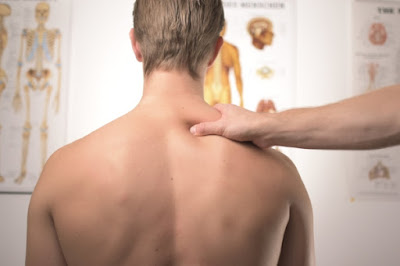Discomfort or pain felt in
the leg can range anywhere from a dull ache to a stabbing sensation that simply
won’t go away. It can be the result of a
minor injury or trauma, overexertion, or an underlying illness. Here are some common causes of leg pain.
Injury
Muscle strain occurs when
the muscle fibers tear due to overstretching. Tendinitis is inflammation of a tendon, which
are the thick cords joining the muscles to bone. Shin splits lead to pain along the inner edge
of the shinbone (tibia), while knee bursitis takes place when the bursa or
fluid-filled sacs that surround the knee joint become inflamed.
Peripheral artery
disease (PAD)
The limbs, usually the
legs, are deprived of blood, typically after the arteries have narrowed. The legs experience weakness, numbness, or
cramping when one walks. They might also feel cold and emit an odd color. PAD can be addressed through lifestyle changes
such as quitting smoking, medication, or surgery.
 Deep vein
thrombosis
Deep vein
thrombosis
It’s a blood clot in a
vein, typically in the thigh or lower leg. While symptoms don’t always
manifest, there can be pain or swelling in the leg, and the affected part might
be red and warm. Beware and seek medical
attention right away because it can lead to a serious condition called
pulmonary embolism.
Common medical
conditions
Leg pain can be caused by
benign tumors or cancer, gout (arthritis that relates to excess uric acid),
growing pains, juvenile idiopathic arthritis, Osgood-Schlatter disease,
osteomyelitis (a bone infection), patellar tendinitis, peripheral neuropathy,
stress fractures, and varicose veins, to name a few.
Leg pain from cramps or a
minor injury can usually be treated at home with remedies such as rest,
elevating the leg, wearing compression socks, or taking an over-the-counter
pain reliever. On the other hand, it’s
best to see a doctor if there’s swelling in both legs, pain while walking, and
leg pain that persists beyond a couple of days.
Dr. Karl Jawhari has been published in Dallas newspapers and appeared on CBS and local channel television shows to discuss new and innovative solutions to chronic pain. Read more on this site.


















